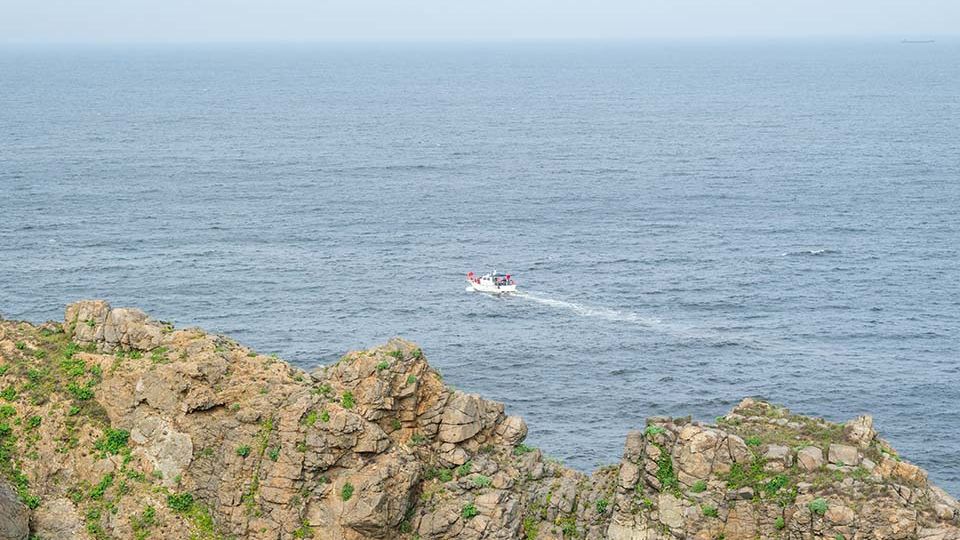August 19, 2024
BEIJING – The Fujian Maritime Safety Administration and the East China Sea rescue bureau, both under the Ministry of Transport, conducted a maritime patrol and law enforcement operation in the Taiwan Strait over the weekend, the China Central Television reported on Sunday.
The operation was carried out by a patrol fleet consisting of three public vessels, lasting 30 hours and 30 minutes, covering a total distance of 413 nautical miles from Saturday to Sunday, the report said.
The operation aimed at enhancing maritime traffic control and emergency rescue capabilities in the Strait, ensuring the safety of ships, facilities and personnel involved in navigation and production activities in the area, it said.
The Taiwan Strait is characterized by a wide variety of vessels, high traffic volume, and complex and variable meteorological and sea conditions, with many intersecting routes and frequent accidents and dangerous situations. It is one of the key areas designated by the Ministry of Transport for water traffic safety supervision. Especially since the opening of the fishing season in the southeastern coastal waters of China on Friday, the risk of collisions between commercial and fishing vessels has increased due to the large number of fishing vessels entering the Strait for production operations.
According to the report, during the operation, the authorities patroled the relevant waters of the Strait and inspected the coastal routes, anchorages, offshore construction areas, high-risk collision zones, traffic-intensive areas, accident-prone areas and the Taiwan shoal.
They also addressed various types of maritime traffic violations, maintained navigation order, inspected the central maritime routes of the Taiwan Strait, checked passing vessels and verified the implementation of maritime emergency rescue plans on-site.
Additionally, the operation involved inspecting navigation equipment within the Strait, checking vessel identification information on-site, testing land-sea communication transmission capabilities and maintaining maritime radio communication order.


